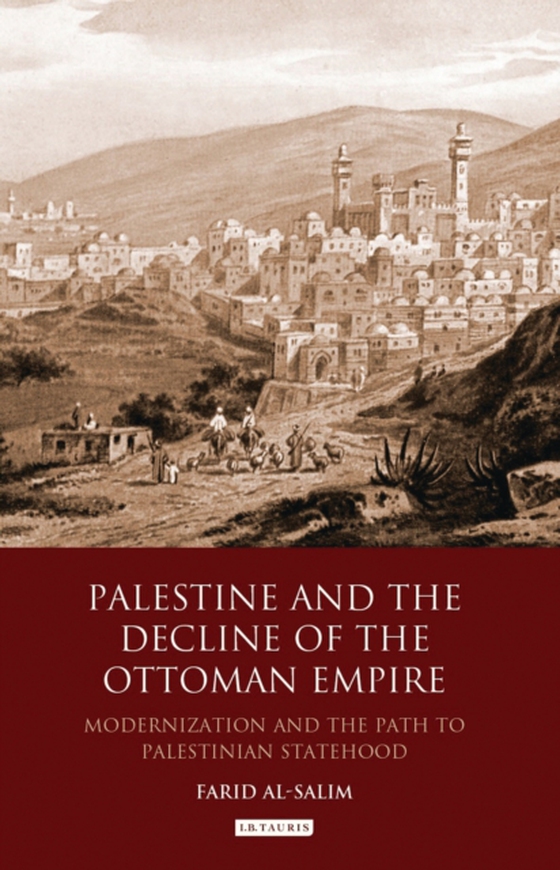
Palestine and the Decline of the Ottoman Empire e-bog
1094,57 DKK
(inkl. moms 1368,21 DKK)
During the final decades of Ottoman rule, Palestine was administratively divided into two states, Jerusalem and Beirut. Both provinces exhibited a strikingly cohesive history of modernisation, and as the Ottoman Empire began to recede, the education systems, taxation and bureaucracy which were left behind formed the foundation of administration in the Palestinian authority today. The reign of S...
E-bog
1094,57 DKK
Forlag
I.B. Tauris
Udgivet
7 april 2015
Længde
272 sider
Genrer
1FBP
Sprog
English
Format
epub
Beskyttelse
LCP
ISBN
9780857737199
During the final decades of Ottoman rule, Palestine was administratively divided into two states, Jerusalem and Beirut. Both provinces exhibited a strikingly cohesive history of modernisation, and as the Ottoman Empire began to recede, the education systems, taxation and bureaucracy which were left behind formed the foundation of administration in the Palestinian authority today. The reign of Sultan Abdulmecid I saw great changes in Palestine, in line with the Tanzimat reform programme. These changes included the monetisation of the economy, structural changes in land ownership, legal reform, moves towards Ottoman centralisation and the first European immigration to the area. Education was expanded to the lower classes, and Arab and Palestinian nationalism and Islamic movements began to stir by the end of the century as the first Zionist settlers arrived. At the heart of these radical shifts in thought and infrastructure were the new administrative centres established by the Ottomans during this period of re-organisation.Drawing extensively on official Ottoman records, Farid Al-Salim charts the transformation of one such centre, Tulkarm, from a small village in central Palestine to a seat of administrative reform in order to provide a new account of the forces behind the formation of modern Palestine.
 Dansk
Dansk

